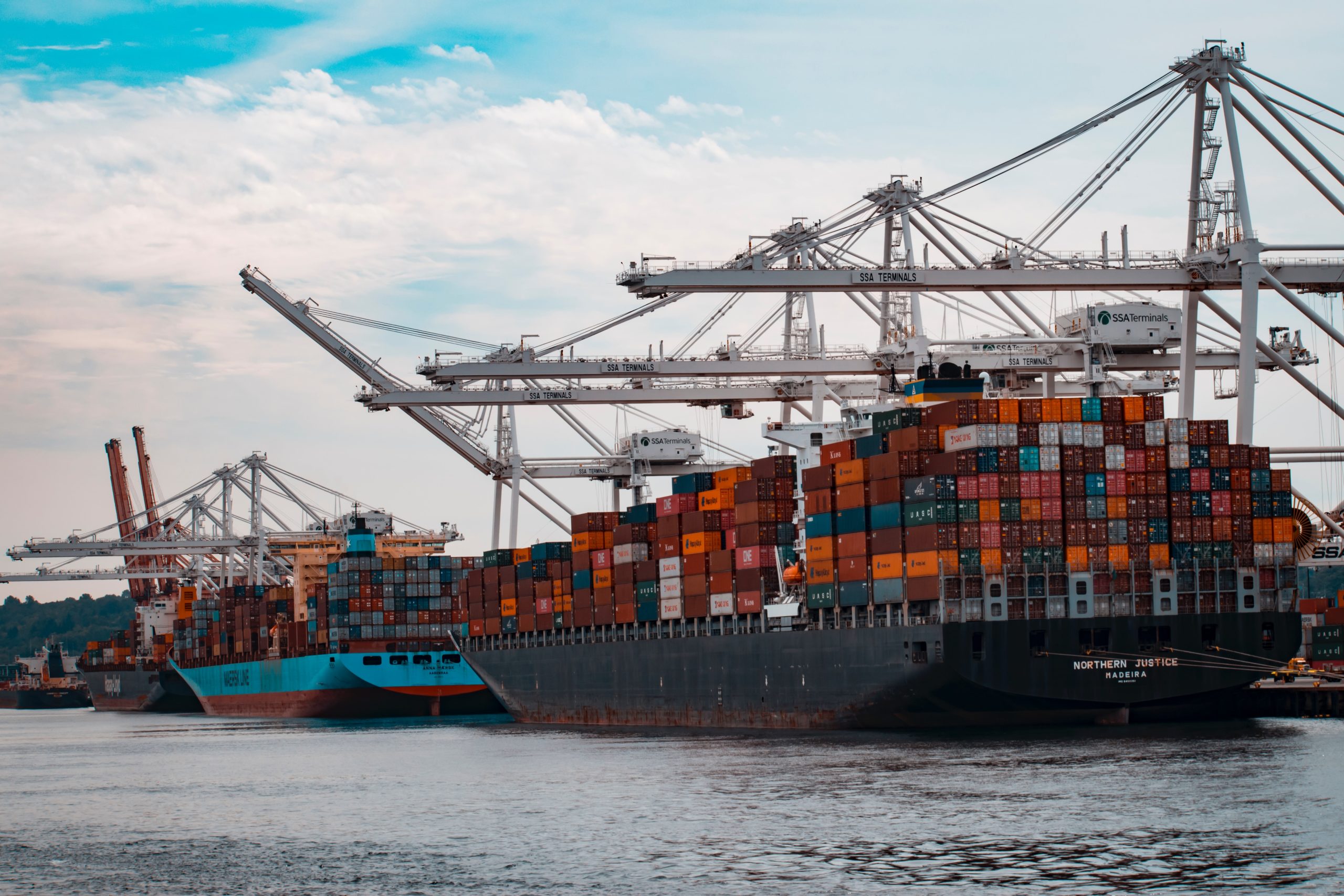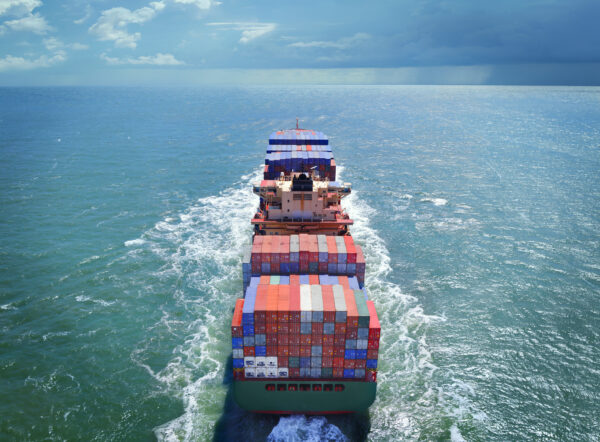Ocean Freight Market Update
Asia → North America (Transpacific Eastbound)
Rates: Still no announcement received in the market relating to a new GRI, this means ocean freight has remained stable since mid-September at around $3,800 to the West Coast & $4,700 to the East Coast.
Capacity: Space remains an issue, however we are starting to see a slight softening. This is expected to change in the next few weeks as volumes ramp up prior to the CNY holiday.
Equipment: As previously mentioned, ocean freight has remained unchanged, but premiums are being applied in order to secure equipment, which continues to be a scarce commodity in inland locations in particular.
Local haulage in China is becoming tight and rates are increasing.
Asia → Europe (Far East Westbound)
Rates: FAK levels increase by another $500 – $1000 per feu for the second half of December, but the biggest increase has been applied to the surcharges with some lines announcing a PSS of $1,000 per teu.
Capacity: Despite the continued increase in rates, the carriers have not dampened demand for space, and carriers are announcing now that there is no more space available for December.
Equipment: Shortages continue through the region and are expected to remain an issue well into 2021 as we approach the CNY peak.
Notes: The continued issues at Felixstowe have led MSK to announce that several ships will not call in the UK and that cargo will be discharged in Europe and loaded onto feeders. Similar discussions are being held with other Alliances. The Ocean Alliance partners have already severely limited the import cargoes in an effort to reduce equipment imbalance.
Air Freight Market Update
Asia
- Air freight rates are staying relatively stable, but there has been a slight increase of about 10% on rates.
- The spot rate market is still fairly active as long as the cargo is dense and builds well on/in ULD’s.
- Ocean freight rates continue to increase and capacity is still a major problem so shipments that would normally travel by ocean are being moved over to air. This is also putting a strain on the air freight market and having an impact on rates and capacity.
- According to Boeing’s biennial World Air Cargo Forecast (WACF), global air cargo traffic will rise at 4% over the next two decades. The new forecast also predicts more than 60% growth of the global air cargo fleet over the next 20 years as traffic doubles by 2040. Approximately 90 freighters have been added to the global aircraft fleet since January, yet freighter operations are at about 120% of normal levels. Boeing’s analysts said, “Asia will command a growing share of global airfreight volumes,” with strong lane growth from East Asia to North America (rising 4.3% a year) and to Europe (4.4%). The only areas projected to grow faster are intra-Asia (4.9%) and China’s domestic market (5.8%).
Americas
- Lack of space on vessels, lack of equipment and port congestion are now spilling over on air freight. This is creating increased demand for air cargo space in a market that already is struggling with little capacity due to Covid-19. This is causing delays and pressure on rates. Airlines will only accept bookings at priority rates to some destinations.
- Amid Covid-19 spikes, we see huge delays in delivering and retrieving cargo from airline handling agents.
- Due to reduced capacity, many airlines have furloughed staff, which is delaying rate requests, booking requests etc. All in all, leaving a more cumbersome working environment with increasing pressure on rates.
Europe
- Ground handling agents in the UK are increasing their handling charges. WFS is the latest to unveil new charges for January, which at Heathrow include a Covid charge with import fees for loose cargo set to increase.
- Air cargo continued to recover, although the pace of improvement softened modestly. Industry-wide cargo tonne-kilometres (CTKs) fell by 6.2% year-on-year versus a 7.8% fall in the previous month. North American airlines showed the strongest outcome, with CTKs up 6.2% compared with a year ago. The near-term outlook is upbeat since Q4 is a peak season for air cargo and demand drivers are supportive. Cargo volumes are expected to fall by 12% in 2020 as a whole and recover to pre-crisis levels in 2021. Industry-wide load factor reached a record high level for November amidst the ongoing shortage of cargo capacity.
The information that is available in the Weekly Market Update comes from a variety of online sources. Click below to learn more about how Zencargo can help make your supply chain your competitive advantage.
Get In Touch



